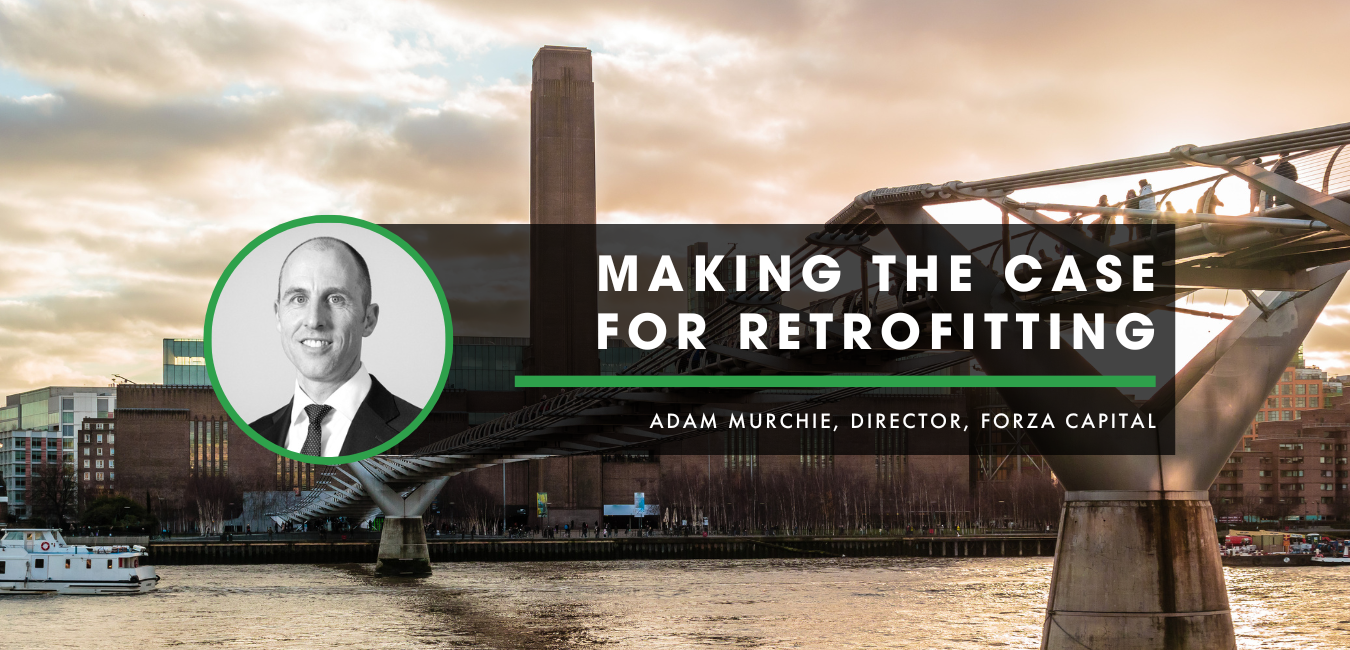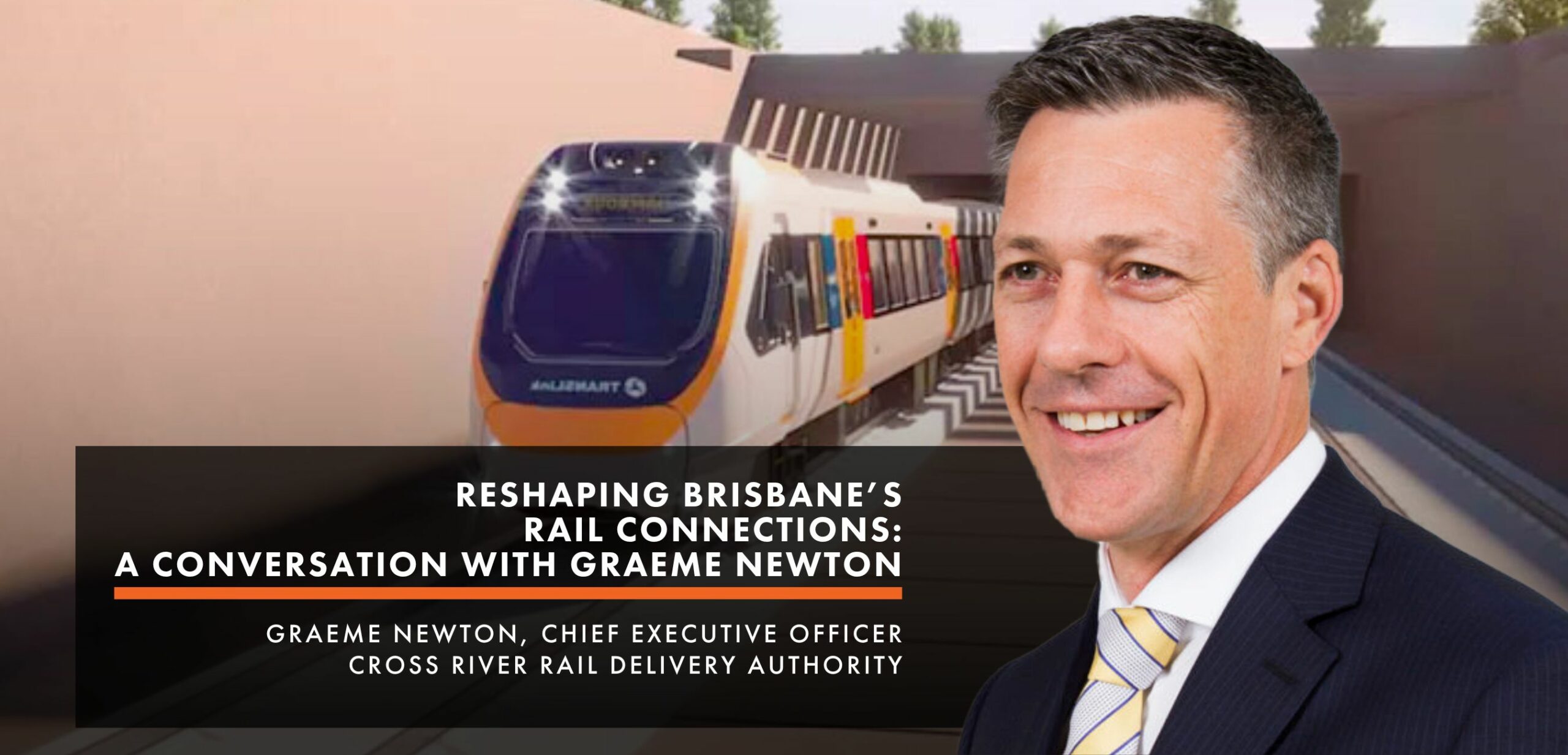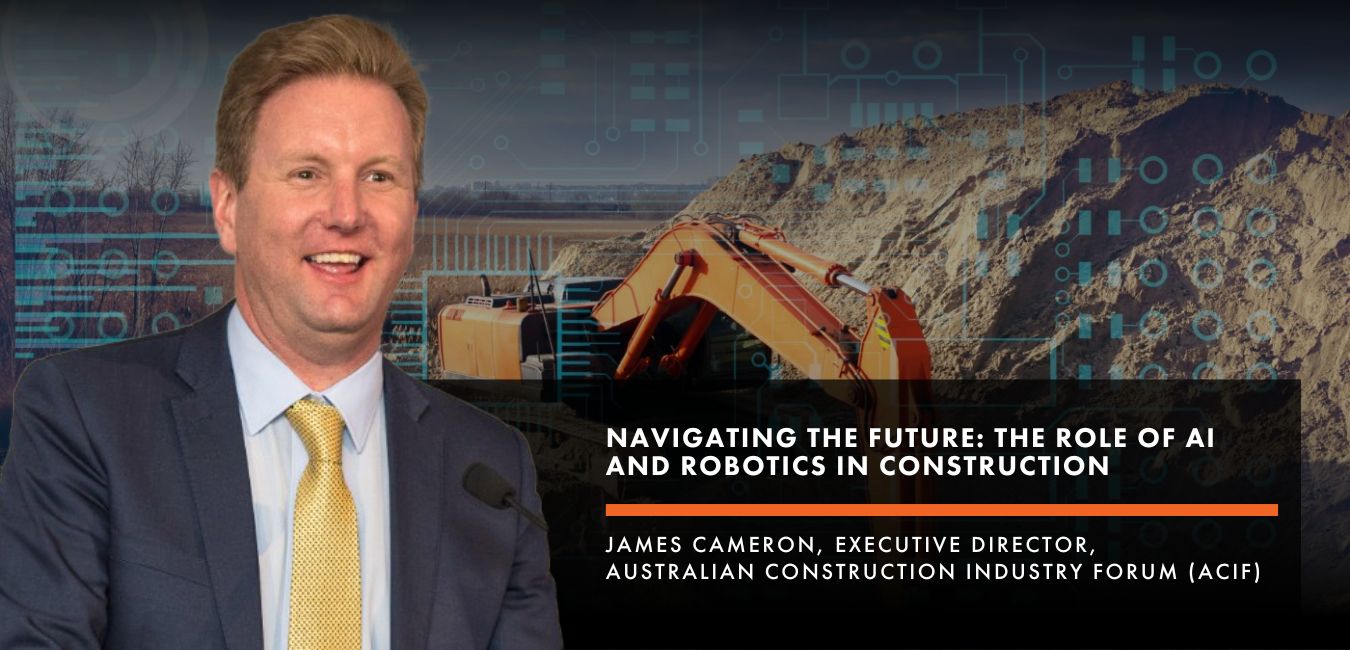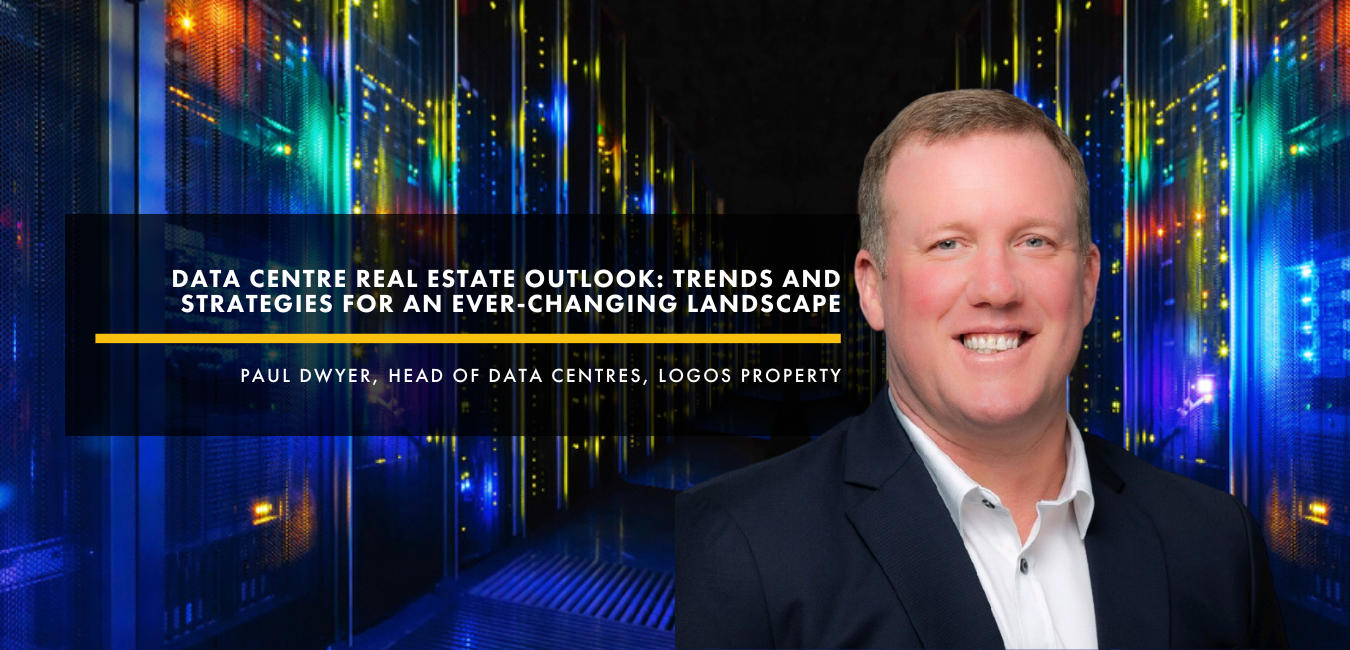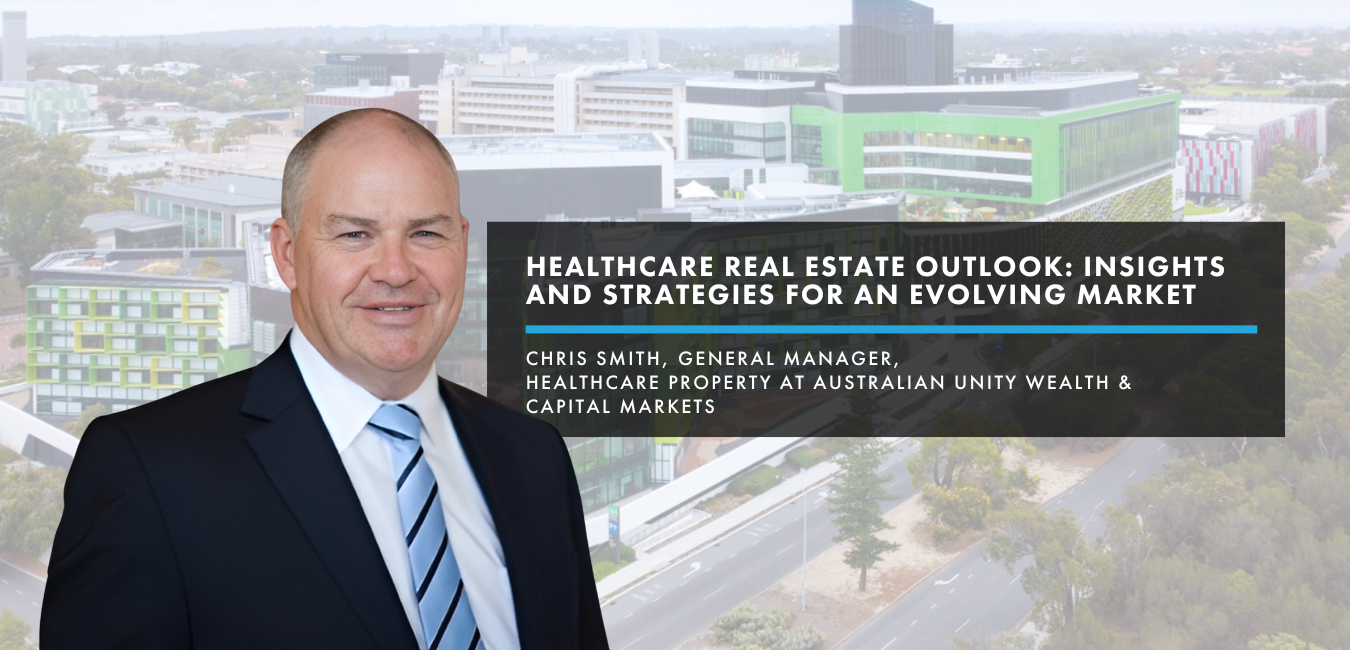Interview with Adam Murchie, Forza Capital
We’ve had an opportunity to sit down with Adam Murchie, Director at Forza Capital, a strategic property investment group with a heavy focus on upgrading and retrofitting existing real estate assets. Adam discusses the benefits of energy-efficient retrofits and the financial and environmental advantages they offer.
FuturePlace: Hi Adam, Why do an energy efficient retrofit when many clients prefer brand new?
Adam Murchie: Why wouldn’t you? Rather than justifying why we need to do something we’ve started from the position of why we wouldn’t do something?
For us, we’ve approached what we’re doing with building retrofitting is more from a governance point of view than from an environmental point of view, which probably seems somewhat counterintuitive. We were looking at it in the context of: How can we do things to reduce risk for our assets and our investors?
A large part of that comprised: How do we reduce climate and environmental based risk through that sort of risk management prism? That’s how we’ve started on that journey. What we’re doing any time we acquire an asset is assess: What can we do? How much does it cost and What does it mean?
FP: Do the costs justify the investment and what do occupiers think of the strategy?
Adam: Costs absolutely justify the investment. I’d like to think we’ve created a platform where it doesn’t cost us anything anymore, that is, we’re actually able to use a lot of these things as a value or revenue driver.
We’ve done a lot with economics around solar, there is no cost, in my view. There’s significant upside that you can realise as a building owner for both new economic or revenue line item through creating an embedded network and becoming a retailer or reducing your base building energy use through to batteries, which is playing the other side of the trade and looking at becoming a shock absorber for the broader distribution grid.
If you take a more holistic asset or investment point of view, there’s a lot of drivers from an asset valuation perspective in terms of ensuring that you’re not a stranded asset, improving the ability to trade your asset at the back end. You end up having a deeper pool of potential buyers because they’re looking at ESG as a major driver of investment decision making right now.
By investing in certain technologies and then retrofitting and upgrading an asset, not only can you improve the asset value, but you can also deepen the potential pool of purchasers. We consider that to be both a value driver and a risk driver. Recent research undertaken by CBRE evidences there was a return premium on asset value and rental value for green buildings.
“It’s going to become a really big thing.”
FP: How did you manage the finance and did you get help from banks to develop projects?
Adam: There’s two parts to this answer. There is bank financing for doing sustainability initiatives. NABERS for example, have been developing a sustainable financing initiative and is working with a number of the larger banks to provide criteria which they can then use to fund particular projects or packages of upgrade works. Those works are typically funded to the point where the sustainability upgrade is completed, at which point the debt reverts to a standard term debt facility.
On debt more broadly, it’s interesting because it’s in a transitionary phase. At a basic level, we haven’t had any issues getting debt finance. It hasn’t necessarily been directly as a result of our sustainability or retrofitting activities, but it has had an influence because the banks are looking at that from a risk management point of view, understanding that we’ve got a good track record in that space and are willing to engage with us because they understand what we do in improving assets.
There has been some utility in doing what we have done. But that’s materially changing for the better – banks are now suggesting that they will have a bifurcation in pricing for those doing retrofitting and sustainability works and those that aren’t. I consider that entirely appropriate as debt pricing is always based on an assessment of the risk.
We’re seeing that now across some of the big banks and I think you will also see it becoming more prevalent in the commercial market. I’ve been arguing for a long time now that the best way for the market to transition is for key participants – banks and insurers in particular – to send a very clear price signal and incentivise the behaviours that they want to see.
These financial institutions have decarbonisation risks across the book and therefore they need to be working with people like us and others in our space to assist them on their journey. It’s going to become a really big thing.
FP: Any thoughts on the embodied carbon issue as we move towards a deep net zero strategy?
Adam: That’s going to be a major driver once the market grasps the impact of embodied carbon. It could make older buildings significantly more competitive relative to new buildings as an existing asset already has 30-50% of its total embodied carbon contained in the existing structure.
If you’re a tenant that’s part of a global sustainability reporting code and you’re taking your embodied carbon into account, how will you assess your next building to occupy? For example, a tenant is considering two assets – one’s a new building, one’s an old building, both have a five and a half star NABERS rating, and both have an equal standard of fit out. There’s an argument where your existing asset might well just have the competitive advantage over a new asset by virtue of its competitive edge in embodied carbon. That could significantly change the dial on a number of fronts.
“It’s actually quite simple once you start unpacking the layers to it”
FP: How do you get into the strategy and is it difficult that some people claim?
Adam: To be honest I’m amazed at how simple it’s been.
What we’ve done is really basic. We don’t come from a position of being technical or thinking about the technicality of it. We have started from a position of being curious. What is possible? How do you do it? Who can help on the journey?
We start with more of a problem solving focus. What’s the problem? We’re trying to reduce energy intensity and carbon emission. What are the things that are available first to do that? When you start to understand what that looks like, you can then start to speak to people who are the technical experts in that area to assist with design and deployment.
I am not a technical expert. I have no formal training in sustainability whatsoever. I am very curious, though, and I ask a lot of questions and that’s how we’ve started our journey but my counsel to people is: it’s actually quite simple once you start unpacking the layers to it.
Some of the technology is complex but the logic and the reasoning behind it isn’t necessarily. Don’t be shocked or a little despondent around what seems to be a lot of technobabble in the space. When you peel it back there’s a significant degree of common sense attached to it.
I believe that the sustainability and retrofitting journey isn’t particularly difficult. Applications such as solar energy, sensors, building management system upgrades, some of the new AI technology to help you optimise these assets are readily available. They’re not particularly expensive and can make a material difference to what you end up with.
Retrofit & Repurpose Summit
Adam will be speaking at the Retrofit & Repurpose Summit, taking place on 6th September 2023 in Sydney. Bringing together leading owners, investors, developers, constructors, architects, engineering firms, consultants, regulators, city governments and ESCOs to discuss strategies to successfully transition real estate to meet decarbonisation targets and tenant expectations, reduce portfolio risk, generate better investment returns and enhance our cities.

